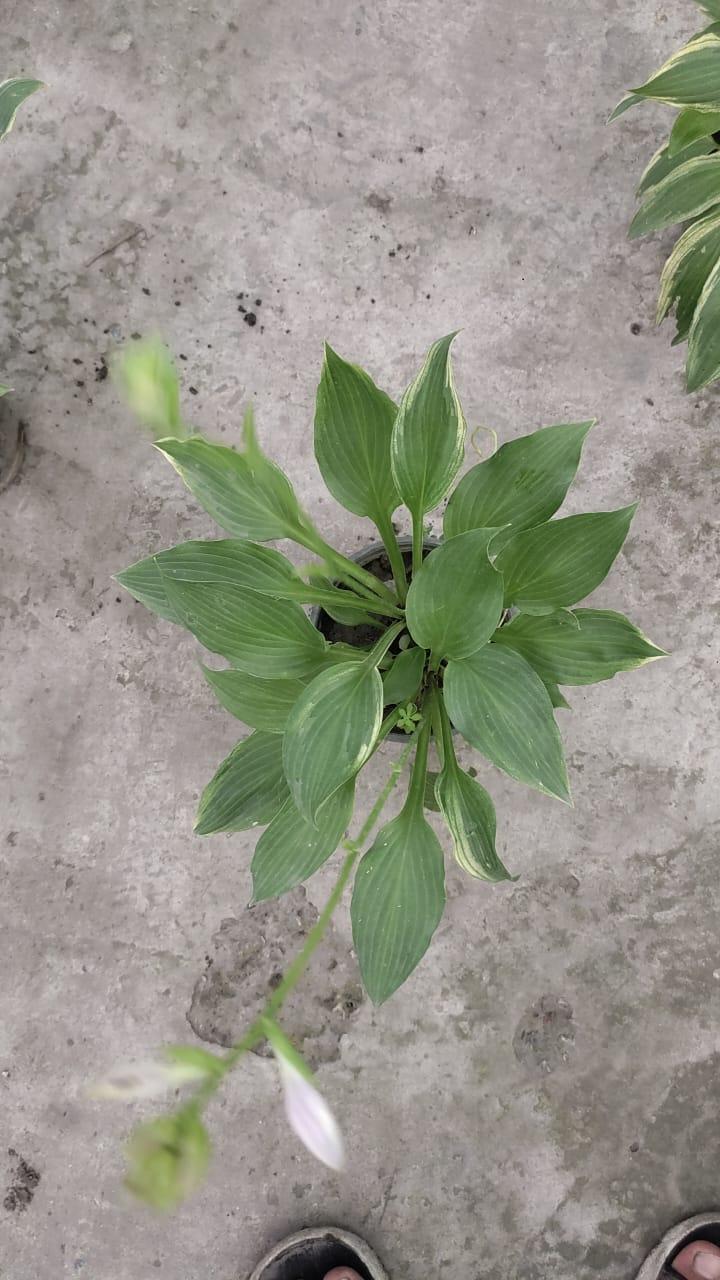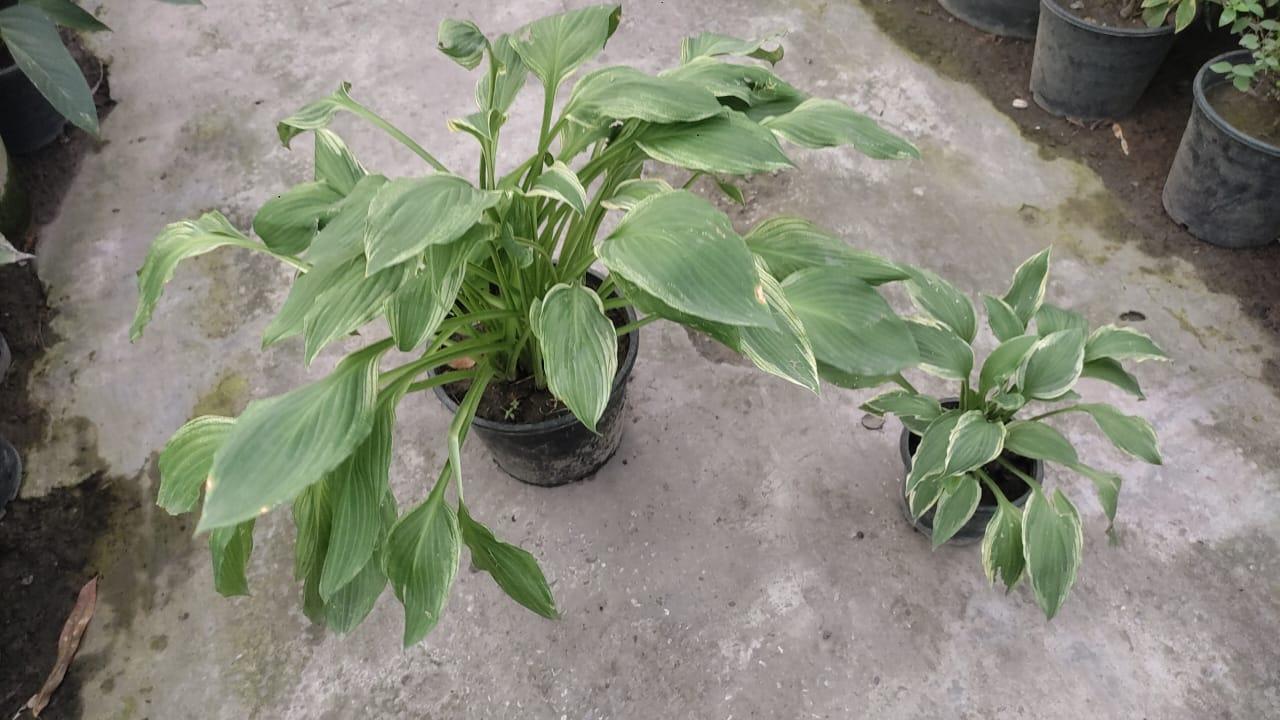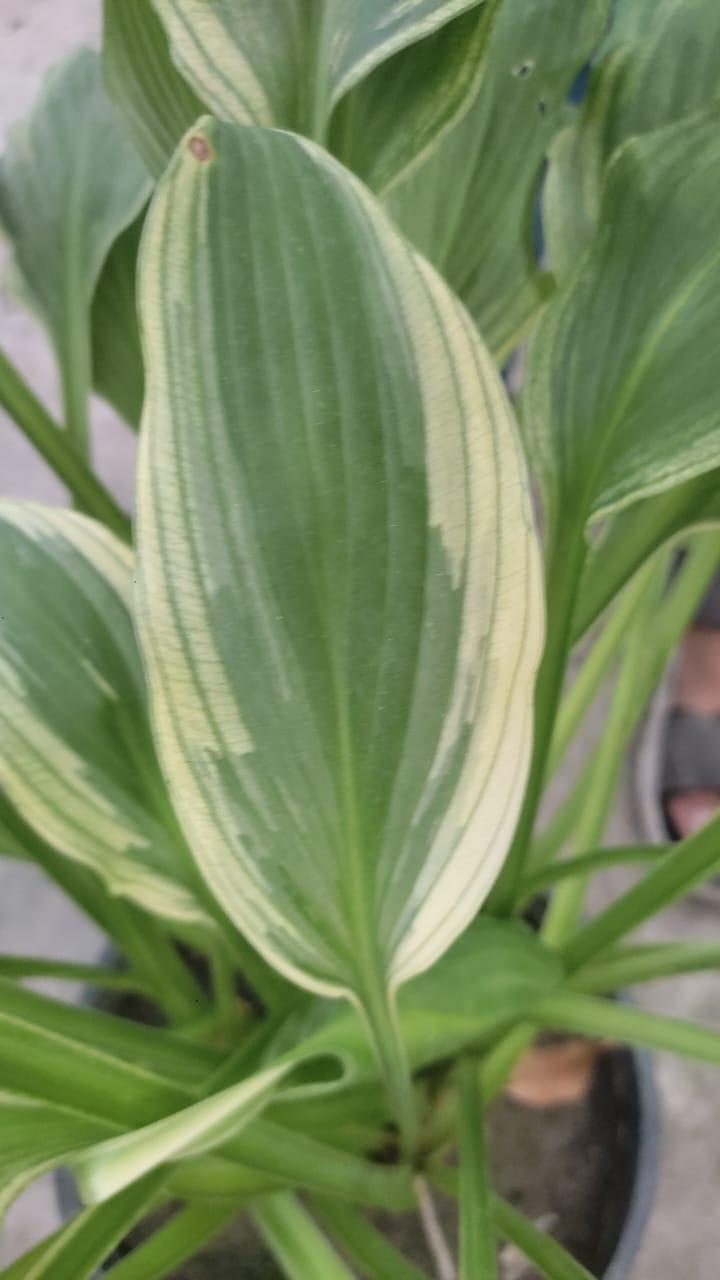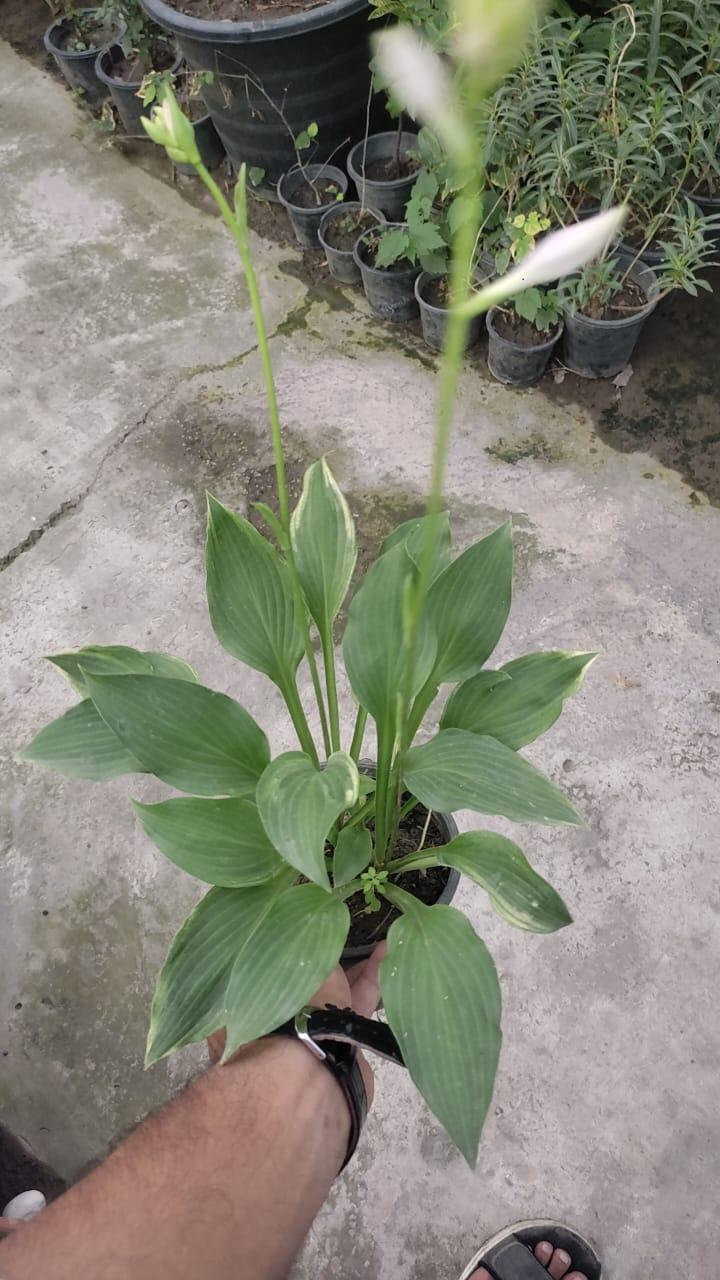Hosta Lily: The Complete Manual for Raising and Taking Care of This Adaptable Perennial
Overview of Hosta Lily
The popular perennial Hosta lily, formally known as Hosta spp., has earned a spot in many gardens all over the world. The Hosta Lily is well-known for its lush leaves and low-maintenance care needs. It comes in a variety of forms, each with distinct leaf colors, textures, and shapes. This adaptable plant is a favorite of both beginning and seasoned gardeners since it’s ideal for bringing foliage and texture to your garden’s shaded spots.
The Hosta Lily’s Beauty
The leaf of the Hosta lily is among its most remarkable characteristics. The leaves have a range of colors, including yellow, blue, and green, and they frequently have variegated patterns that draw the eye. During the summer, several Hosta cultivars also bear small, fragrant flowers on tall stalks; these flowers are often white, lavender, or purple in colour. These blooms enhance the aesthetic appeal and ecological value of your garden by luring pollinators like hummingbirds and bees.
Choosing a Site and Preparing the Soil for Hosta Lily Growth
Minimal prerequisites: Shaded to partly shaded environments are ideal for Hosta lilies to flourish. Most kinds like a spot that gets early sun and afternoon shade, while others can stand more sun. Especially in warmer climates, too much direct sunshine can scorch the leaves.
Soil: Rich, well-draining soil with a pH range of slightly acidic to neutral is preferred for hostas. The texture and richness of the soil can be enhanced by adding organic matter, such as compost or well-rotted manure, which will provide your Hostas the best possible growing environment.
Planting: Give Hosta lilies the appropriate spacing based on their mature size. Larger kinds may require 3–4 feet of space, while smaller cultivars can be planted roughly 1-2 feet apart. Create a hole that is marginally bigger than the root ball, insert the plant into the hole, and then cover the hole with dirt. After planting, give the area plenty of water to let the soil surrounding the roots settle.
Hosta lily maintenance, fertilization, and watering
Watering: Hostas need regular watering, particularly in the early growing season. Once a week, give the soil a thorough watering, making sure it is uniformly damp but not soggy. You can lessen the frequency of watering by mulching the area surrounding the plants to assist maintain soil moisture.
Fertilizing: When new growth starts in the early spring, fertilize Hostas using a slow-release fertilizer that is balanced. Midsummer treatment two times a year can encourage more growth and blooming. Refrain from overfertilizing since this may result in luxuriant foliage at the expense of blooming.
Maintenance: Cut off faded flower stalks to refocus energy on the growth of the leaves and roots. Cut back the foliage to the ground in late autumn, following the first frost. By doing this, illnesses and pests are avoided.
Dealing with pests and diseases
While Hosta Lilies require little upkeep, they are sensitive to certain pests and illnesses.
Slugs and snails are the most common pests of Hostas, causing ugly holes in the leaves. Use organic slug pellets, diatomaceous earth, or beer traps to control these pests.
Hostas can be a target in regions with large deer or rabbit populations. To keep these creatures away, fence your plants or use repellents.
Diseases: Hostas are susceptible to fungal diseases such as leaf spot and crown rot. To limit the danger of fungal infections, ensure proper air circulation by spreading plants apart and avoid overhead watering.
Propagating Hosta Lilies
Hostas are primarily propagated through division, which works best in early spring or late summer. To divide a Hosta, dig it up and gently separate the clumps using a sharp knife or shovel. Each division should include several leaves and a piece of the root system. Replant the divisions immediately, using the same planting rules as new plants.
Popular varieties of Hosta Lily
There are several Hosta kinds to pick from, each with its own distinct beauty. Here are some popular ones:
1. Hosta ‘Patriot’: With its brilliant green foliage and white borders, this variety gives a vivid contrast to dark settings.
2. Hosta ‘Blue Angel’: This huge variety with blue-green leaves is ideal for making a dramatic impression in the landscape.
3. Hosta ‘Sum and Substance’: With its large, chartreuse leaves, this Hosta stands out in any environment.
4. Hosta ‘Frances Williams’: With its blue-green foliage and golden margins, this variety is both attractive and hardy.
Conclusion
The Hosta Lily is a flexible and appealing addition to any garden, especially one with shaded parts. With a wide range of foliage colours and textures, ease of care, and resistance to many common garden problems, the Hosta Lily is an ideal choice for gardeners of all skill levels. Whether you want to produce a lush, green groundcover or add some seasonal beauty with its summer blossoms, the Hosta Lily will deliver. Begin planting today and enjoy the beauty and serenity that these magnificent perennials provide to your yard.
Checkout our Exotic Plants collection here : https://boota.pk/exotic-plants/
To get more insight of your favorite plants visit our youtube channel : https://www.youtube.com/@boota4474








Reviews
There are no reviews yet.